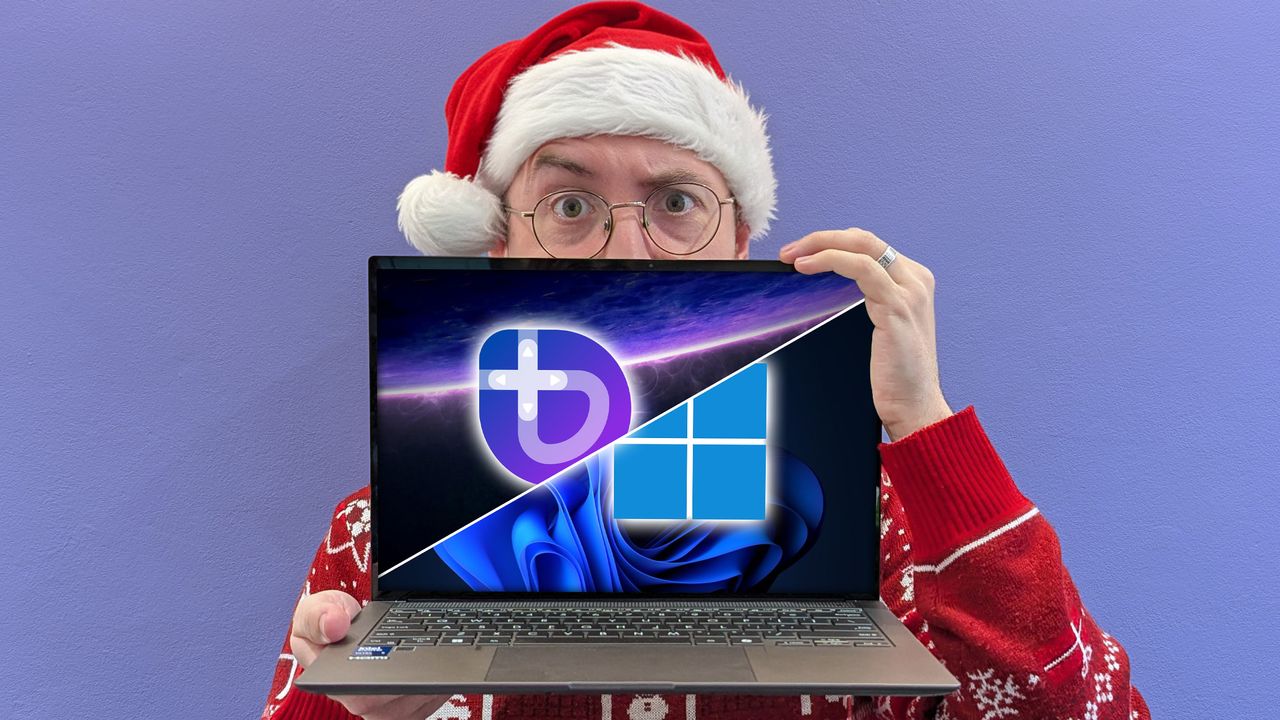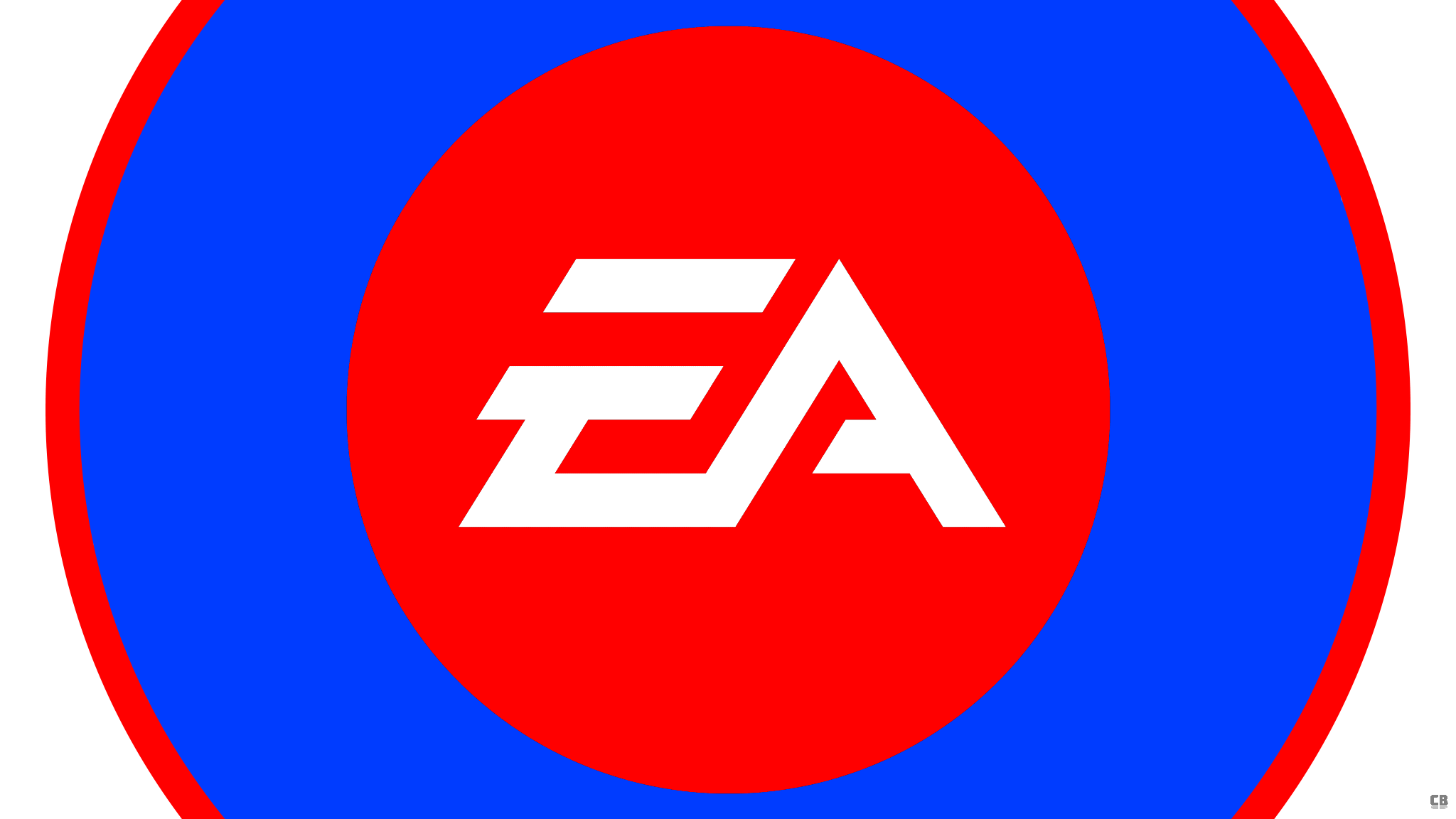I’ve been dual-booting Windows 11 and Linux in total harmony throughout 2025 — Microsoft is in no danger of a mass exodus (unless it fumbles AI in Windows 12)

If you browse most social media sites and look at what people are saying about Windows 11, you’ll find a lot of negative feedback. The situation got worse when Microsoft stopped supporting Windows 10, leaving many users with older computers in a tough spot – either pay for continued support or upgrade to Windows 11.








